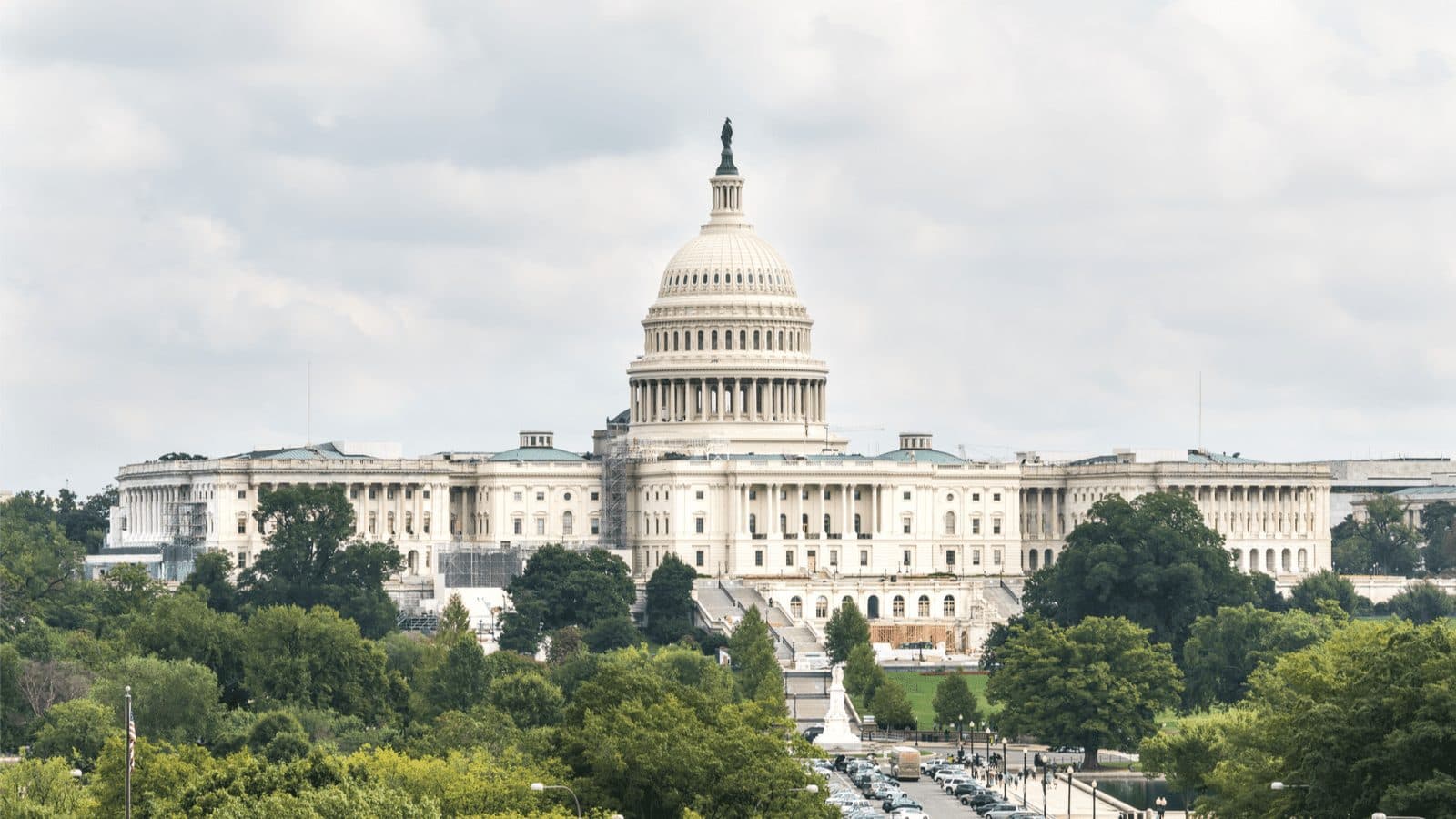US Regulators Release First of Many Reports on Crypto Following Exec Order
Highlights of the report include greater guidance around stablecoins and an emphasis on needing to “watch out for instability and crime from digital assets”

Source: Shutterstock
- The Secretary of the Treasury, the Secretary of State, the Secretary of Commerce, the Administrator of the US Agency for International Development (USAID) and “the heads of other relevant agencies” collaborated on the report
- The framework, which includes the word “risk” 16 times, “is intended to ensure that…America’s core democratic values are respected.”
A group of US regulators urged the federal government to work with other nations as countries around the world grapple with digital asset regulation.
At least four US watchdogs — the Secretary of the Treasury, the Secretary of State, the Secretary of Commerce and the Agency for International Development (USAID) — as well as “other relevant agencies” chimed in on the report, the first of many expected frameworks governing cryptocurrency companies and trading more broadly.
The write-up lays out preliminary guidelines regarding how the US ought to work with other friendly governments on blockchain oversight, according to a Thursday statement from the Treasury.
The framework — which references “risk” a notable 16 times — is “intended to ensure…America’s core democratic values are respected,” according to the statement.
Highlights include greater guidance around stablecoins — which Treasury Secretary Janet Yellen has urged caution over, especially when it comes to retail investors after the implosion of Terra stablecoin UST — plus an emphasis on needing to “watch out for instability and crime from digital assets.”
“We’ve just had over this last week with Terra and with Tether an illustration of the risks associated with stablecoins…there can be runs,” Yellen said during a May congressional hearing.
Yellen and a number of prominent politicians on the federal level have urged regulators to treat stablecoins and similar digital assets like banks — which industry participants have decried. Stablecoins are typically meant to be crypto’s version of stable fiat currencies, tied to the US dollar or another legal tender.
“The United States continues work on the G20 roadmap for addressing challenges and frictions with cross-border payments, including on improvements to existing systems, potential impediments from data localization and other frictions in data governance frameworks, the international dimensions of CBDC designs, and the potential of well-regulated stablecoin arrangements,” the statement said.
It’s not the first time regulators have expressed concern over the growing market segment of stablecoins.
In November 2021, the President’s Working Group on Financial Markets (PWG), the Federal Deposit Insurance Corporation (FDIC) and the Office of the Comptroller of the Currency (OCC) issued a joint report on the “risks” stablecoins.
“To address risks to stablecoin users and guard against stablecoin runs, legislation should require stablecoin issuers to be insured depository institutions, which are subject to appropriate supervision and regulation, at the depository institution and the holding company level,” the report said.
The latest guidance Thursday does not mention when other regulatory institutions mentioned in the executive order may release subsequent reports. President Biden’s stance on stablecoins is likewise unclear.
Get the news in your inbox. Explore Blockworks newsletters:
- The Breakdown: Decoding crypto and the markets. Daily.
- 0xResearch: Alpha in your inbox. Think like an analyst.






